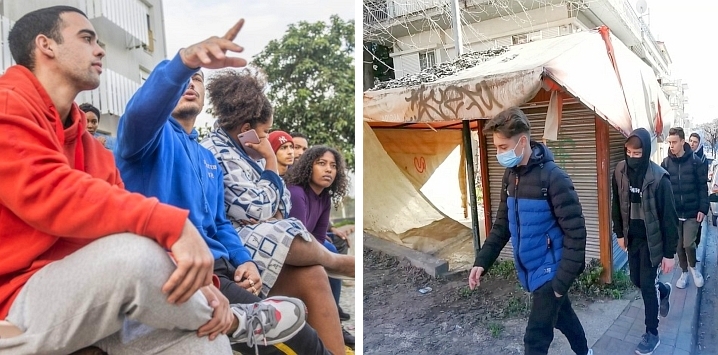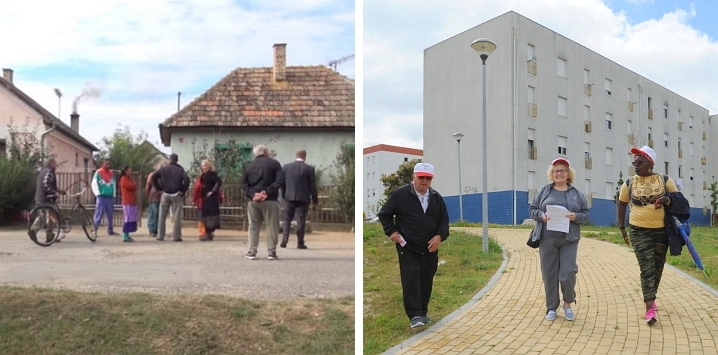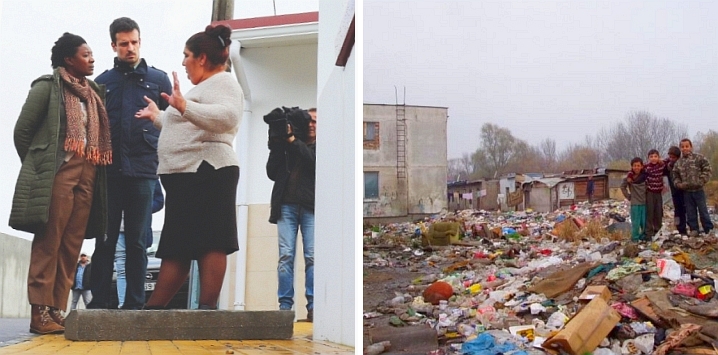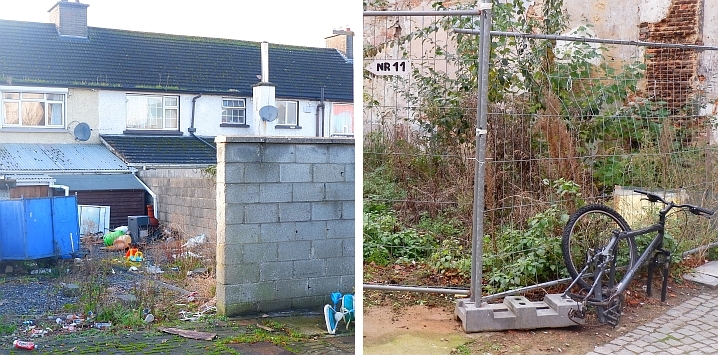Minorities & Urban Safety And Security
Edited on
06 September 2022Although Europe is perceived as a safe and secure place and European cities are repeatedly among the safest of the world, recent phenomena brought urban safety and security to the democratic debate and pose a complex challenge to local, regional, and national authorities.

Challenges regarding minorities
Although Europe is perceived as a safe and secure place and European cities are repeatedly among the safest of the world, recent phenomena brought urban safety and security to the democratic debate and pose a complex challenge to local, regional, and national authorities. One of these phenomena can be derived from the presence of and resentment about minorities.
Ethnic, cultural, and religious diversity is a central feature of the European Union. On the one hand, there are historical reasons for this; on the other hand, migration in the last decade accelerated multicultural changes. Although diversity as such is of intrinsic values, it also causes many problems both at local and at higher level.
In connection with urban safety and security, we can distinguish two basic types of minorities:
- “historic minorities” by whom the general public basically means the Roma,
- migrants who arrived in Europe at different times and in several waves.
Even if there are two main groups, the general challenges regarding them seem very similar (we emphasize that the following statements are not true for all people with a migrant background or from a minority group, but general trends and phenomena have to be simplified to highlight the main problems):
- most of them has a low educational level and poor access to education,
- their labour market indicators are disadvantageous (high unemployment rate, concentration in specific economic sectors, wage disparities, differences in working conditions),
- they live in poverty or at risk at poverty, which goes hand in hand with inadequate housing conditions,
- they are more likely to become victims or perpetrators of crimes,
- their presence causes real or latent conflicts within local communities.
Potential solutions at urban level
Municipalities and their communities (including the minorities themselves) can use a variety of tools to address the problems and challenges identified above.
One aspect is to ensure a better financial situation for the target group, because poverty means inequality, and they are sometimes linked to crime based on a simple cost-benefit analysis. Poverty can be overcome in the long run by:
- specific education programmes in schools to prevent early school leaving,
- support for jobseekers to find an appropriate job,
- sensitisation of employers towards minorities,
- mentoring new entrants to keep their motivation and job,
- debt management consultancy,
- presentation of success stories.

It is very important to create a better understanding and tolerance within the local community and it cannot be attained without commitment of both the minorities and the overall majority population. Social cohesion reduces risk factors by focusing on groups that are likely to be criminals or victims. The following interventions can be beneficial to implement at local level:
- intergenerational and intercultural programmes,
- sport, cultural and other community development events,
- raising awareness and increasing tolerance and understanding,
- learning conflict management techniques,
- promoting volunteering,
- operating bottom-up public forums and neighbourhood councils.

Implementing actions in strong and direct connection with urban safety and security is also essential:
- neighbourhood watch and/or civil guard programs,
- improved property protection at individual and community level,
- preventing anti-social behaviour and addictive disorders,
- avoiding domestic violence,
- actions for joint garbage collection,
- operation of CCTV cameras.

Public authorities have the opportunities (even if sometimes to a limited extent) to create a more liveable urban environment.
- improving the conditions in physically and socially segregated area, eliminating the segregated status,
- complex renewal of public spaces (involving also the minorities) that creates responsibility among inhabitants,
- operating community centres by and for minorities as a meeting point for citizens from all social groups,
- preservation of the order, cleanliness, and condition of public areas,
- making the city more pedestrian- and bicycle-friendly,
- upgrading housing conditions of minorities.

All these actions and interventions strengthen social cohesion and inclusion, reduce the degree of segregation, inequality and intolerance within the local community which is essential to achieve a higher level of urban safety and security.
Minorities & Urban Safety And Security
Szabolcs 05 Regional Development Association of Municipalities
Submitted by Patricia Moital on
